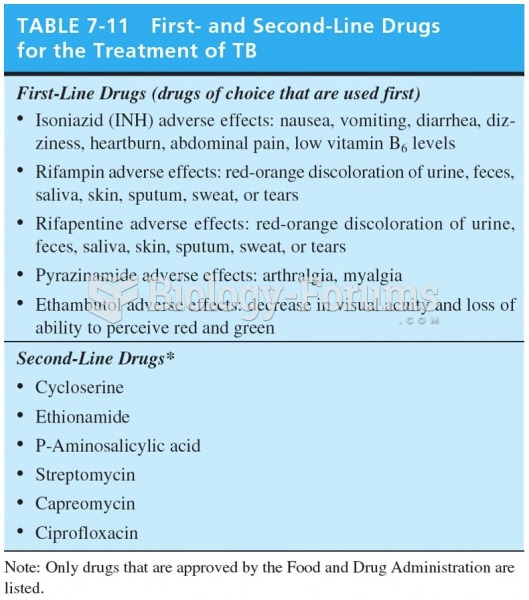Answer to Question 1
2
Rationale 1: The GI tract is not being used. Clients with severe malabsorption disease may be successfully treated with TPN.
Rationale 2: When the metabolic needs of the client are unable to be met through enteral nutrition, TPN is indicated. Because the GI tract is not being used, clients with severe malabsorption disease may be successfully treated with TPN.
Rationale 3: The GI tract is not being used. Clients with severe malabsorption disease may be successfully treated with TPN.
Rationale 4: The GI tract is not being used. Clients with severe malabsorption disease may be successfully treated with TPN.
Global Rationale: When the metabolic needs of the client are unable to be met through enteral nutrition, TPN is indicated. Because the GI tract is not being used, clients with severe malabsorption disease may be successfully treated with TPN. Enteral feeding, supplements of macro and trace elements, and herbal preparations all require the GI tract to be used; therefore, they are all inappropriate treatments for this client.
Answer to Question 2
4
Rationale 1: While this might be the cause of the undernutrition, this is not an assessment finding.
Rationale 2:Decreased libido is not an assessment finding.
Rationale 3: While this might be the cause of the undernutrition, this is not an assessment finding.
Rationale 4: There are many and varied reasons for insufficient intake, including age, chronic disease, alcoholism, inflammatory bowel disease, and eating disorders, all of which would be included while interviewing a client for history and physical. Assessment findings include generalized weakness, muscle wasting, and loss of subcutaneous fat.
Global Rationale: There are many and varied reasons for insufficient intake, including age, chronic disease, alcoholism, inflammatory bowel disease, and eating disorders, all of which would be included while interviewing a client for history and physical. Assessment findings include generalized weakness, muscle wasting, and loss of subcutaneous fat.






